
To be practical for content creators and publishers, taxonomy needs intent and context. But too often, when developing a taxonomy—a system of categories and vocabulary sets that can then be applied to information—the intent gets lost on those who need to apply the terms. When the people who need to apply the taxonomy don’t agree on—or never approve—a taxonomy, it is a wasted effort.
That’s why those who develop taxonomies need a way to make taxonomy creation approachable and practical.
Using a content model to provide context and intent
A taxonomy is a classification of information into ordered categories. At its most basic, taxonomy allows for pieces of information to be tagged in a database. What can be tagged can be classified. But classification needs intent to be useful. And to understand intent, there needs to be context.
When taxonomies are presented to stakeholders as stand-alone deliverables for approval, they lack intent and context. How will the stakeholder know that the taxonomy being presented includes the right categories and terms?
This is where using a content model comes in. A content model is a representation of the types of content and their relationships. It provides context and gets to the intent of the classification scheme.
A content model shows structure—the arrangement and organization of parts in a system. Creating a content model is the first step toward structuring the information that needs to be published.
The model has three parts:
- Content types: a reusable container for content
- Attributes: characteristics or qualities of an object
- Relationships: how the content types are connected
Each content type is an entity—a thing or concept that is unique, distinguishable, and self-contained.
A content type allows for the creation of instances—unique and specific content, each one an example of the content type.
Taxonomies emerge from content models
Taxonomies emerge as attributes of some content types and as content types themselves. And some content types will share the same attributes.
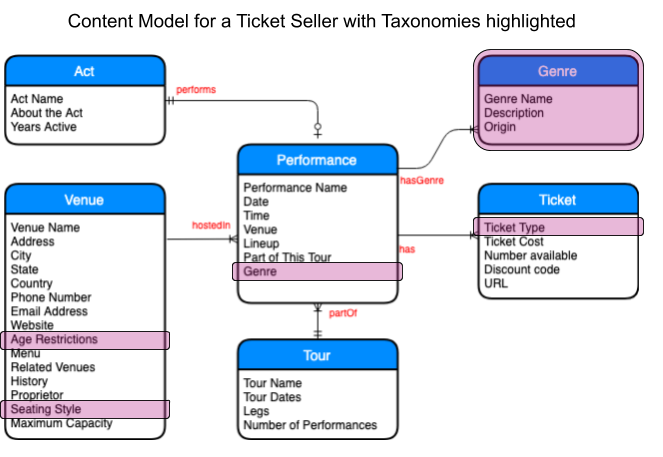
The content and intent are clear to everyone when those in charge of creating a taxonomy and those in charge of managing content develop a classification approach together. Creating a content model collaboratively with stakeholders forges a shared language for content structure and taxonomy. Stakeholders will be able to see clearly how classifying or categorizing is more than just a list of words. Not only will the taxonomy itself make sense, but choosing the terms to use in the taxonomy also will be easier to do because people will already have an idea of how they will be applying those terms.
One of my recent modeling experiences shows how this can work. An organization was creating a content model as part of its knowledge management program. The team had a group of content that they called research reports, annual reports, guidelines, best practices, and samples. They thought of them all as separate entities because of how they wanted to present them. Never should a research report and an annual report meet!
But upon closer look at the attributes of each document, it became clear that they were all the same:
The team realized that adding additional taxonomies as attributes to describe explicitly what type of content something was would allow them to combine what they thought were five different content types into a single Document content type:
This Document content type has a single structure in the back-end, but with a taxonomy applied, it can be delivered in multiple ways to the end-user. If they had not worked together and formed this shared understanding about content types and taxonomies, they would have had five content types instead of one and their governance and maintenance burden would have been much greater.
Taxonomies are by nature hierarchical. But the content model is flat—all content types are equal. Unlike a taxonomy that only allows up and down movement in the hierarchy, the content model can relate content types in any direction, not just up and down. That mobility supports more dynamic interactions through relationships. The inherent relationships of the model can be used to display the appropriate content to allow intentional linking. If someone wants to see Bob Dylan in concert, what else do they likely want?
- More concerts in the same city
- More dates for that performer
- Other concerts of the same genre
- Other concerts at the same venue
All those things are possible with a small bit of coding to pull the matching content into an interface.
New approaches to common problems
This new way of approaching taxonomy also provides more robust ways of using them.
Internal search
One of the most common ways of applying taxonomies is in internal search. Taxonomies are used for filtering and sorting, of course. But putting the content structure and taxonomy together can also make the results more relevant for the person searching, even without advanced search. By weighting certain content types and attributes, you can get more relevant results by anticipating user intent. And the most meaningful attributes can be displayed on the results page or through a screenless interface like a smart speaker.
Robots
And then there are the robots among us today. Algorithms, artificial intelligence, machine learning are all types of programming that sort through and deliver content from a repository. Sure, some super smart people have taught computers to parse the blobs of text that humans have created. But if people really want to teach computers to generate good results, they must create content in pieces, be explicit about meaning, and clear in intent. Taxonomy and its close cousin metadata are essential to that work.
Knowledge graphs
As artificial intelligence advances, getting taxonomies right is critical. Knowledge graphs are fast becoming a way for organizations to visualize and connect their data. And they are not just for Google search results, though that is a common example. Knowledge graphs contain information about a domain of knowledge connected together in a network of nodes and links. Where taxonomy is mostly hierarchical, knowledge graphs relate and organize data across facets and domains. In a sense, taxonomy teaches the knowledge graph by assigning meaning to concepts in the domain to help machines learn.
Create a taxonomy that gets used
If I have learned anything in my over twenty years of digital work, it is that the most difficult part of the work is people. Computers do exactly what they are told. People, not so much. So, I have learned how to get people on board and aligned to produce better content and outcomes.
Start with why
Start with intent rather than the taxonomy itself. When you start with the goal of (re)making a taxonomy, you instantly lose stakeholders who are entrenched in their own language and view things through their own lens. They do not know if the decisions they make about the taxonomy will give them the results they want.
Instead, start with the goal or outcome in mind. Then work from there to build a meaningful system of classification that helps the people who need it.
Do it together
Learn how to facilitate the creation of a content model and taxonomy. Doing this work is a team sport. An All Play activity. This allows you to make connections with your colleagues or clients by articulating and considering the languages and lenses everyone brings to the table as well as between all your content and systems.
Remember that others do not know what you know, and they know things that you do not know. Teamwork really does make the dream work! (Cue rainbows and unicorns.)
Stay away from jargon
Step back from taxonomy geekdom. Since you are reading this, you are probably someone who knows what taxonomy is and how it can help to make experiences better. But it is quite possible that you are the only (or one of the only) people in your organization who cares about spreadsheets, knowledge organization systems, ontology, taxonomy, knowledge graphs, and schemas. Learn to speak the language of the people who need those things to achieve their goals and get their jobs done.
Events, Resources, + More
Workshop: Are You Ready for AI?
Is your organization really ready for AI at scale? Let the Content Science team guide your leaders through assessing 4 areas of readiness.
Course: Prompting Text Generative AI
Learn how to bring out the full potential of text generative AI to create impactful content from this on-demand course.
Webinar: Benchmarks for Content Effectiveness
It's not about more content. It's about more effective content. Gain tips based on Content Science's unique research + experience.
The Ultimate Guide to End-to-End Content
Discover why + how an end-to-end approach is critical in the age of AI with this comprehensive white paper.

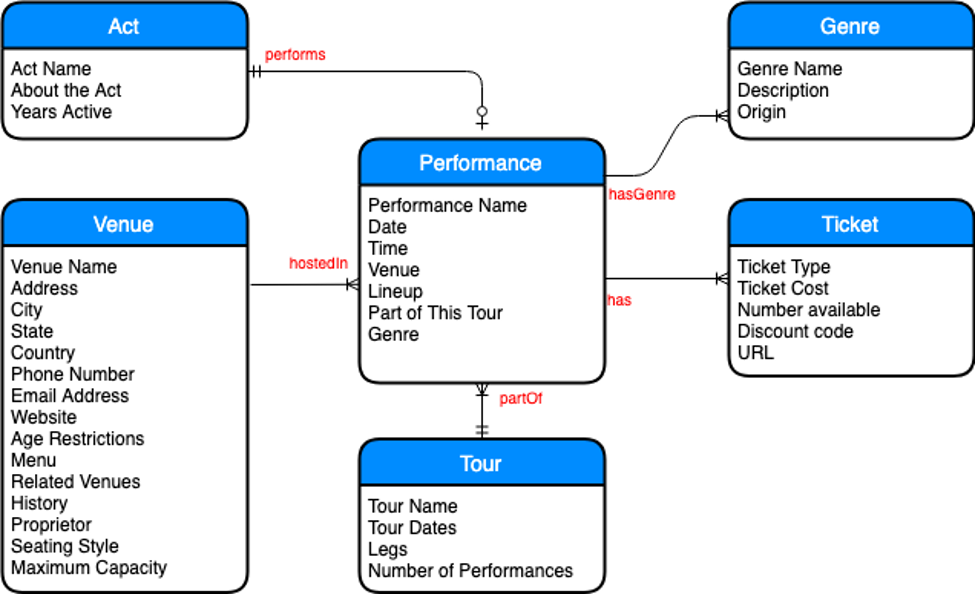
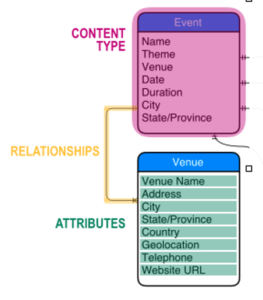


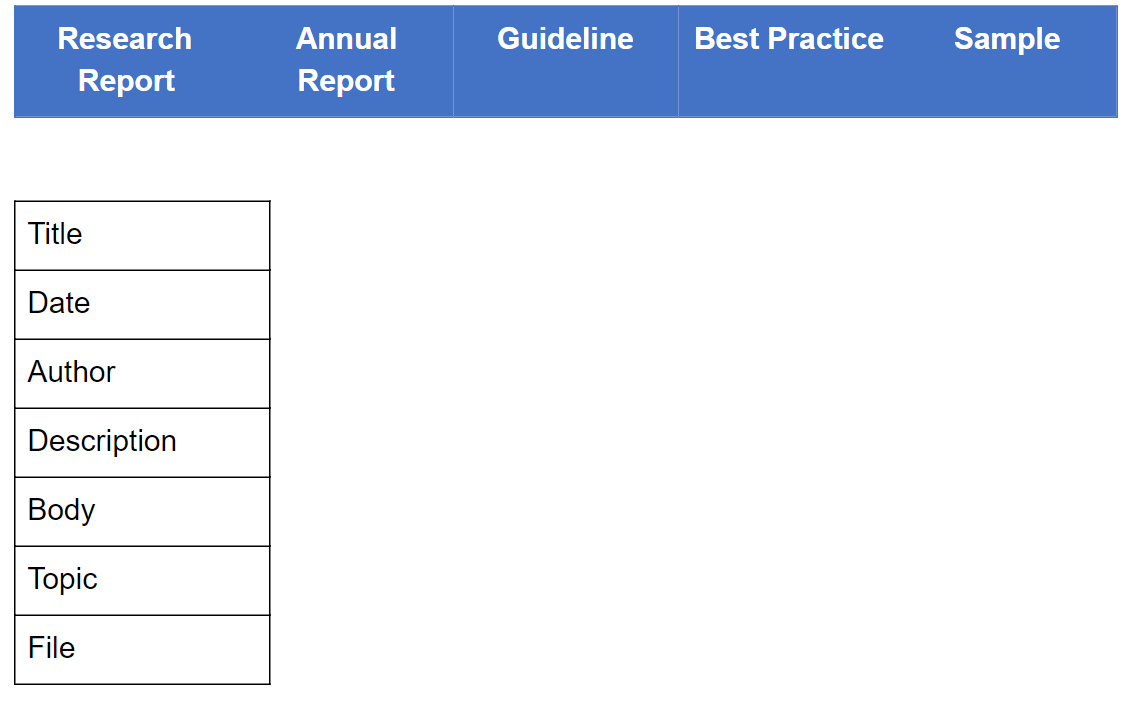
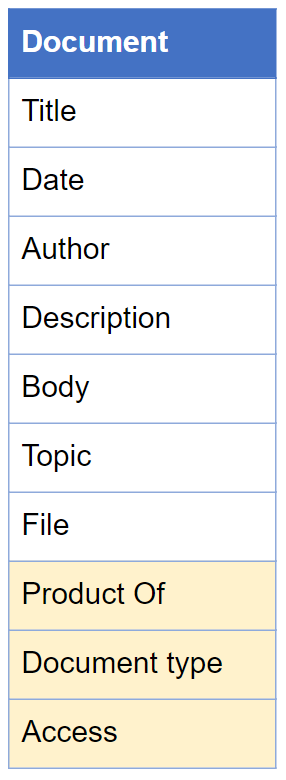


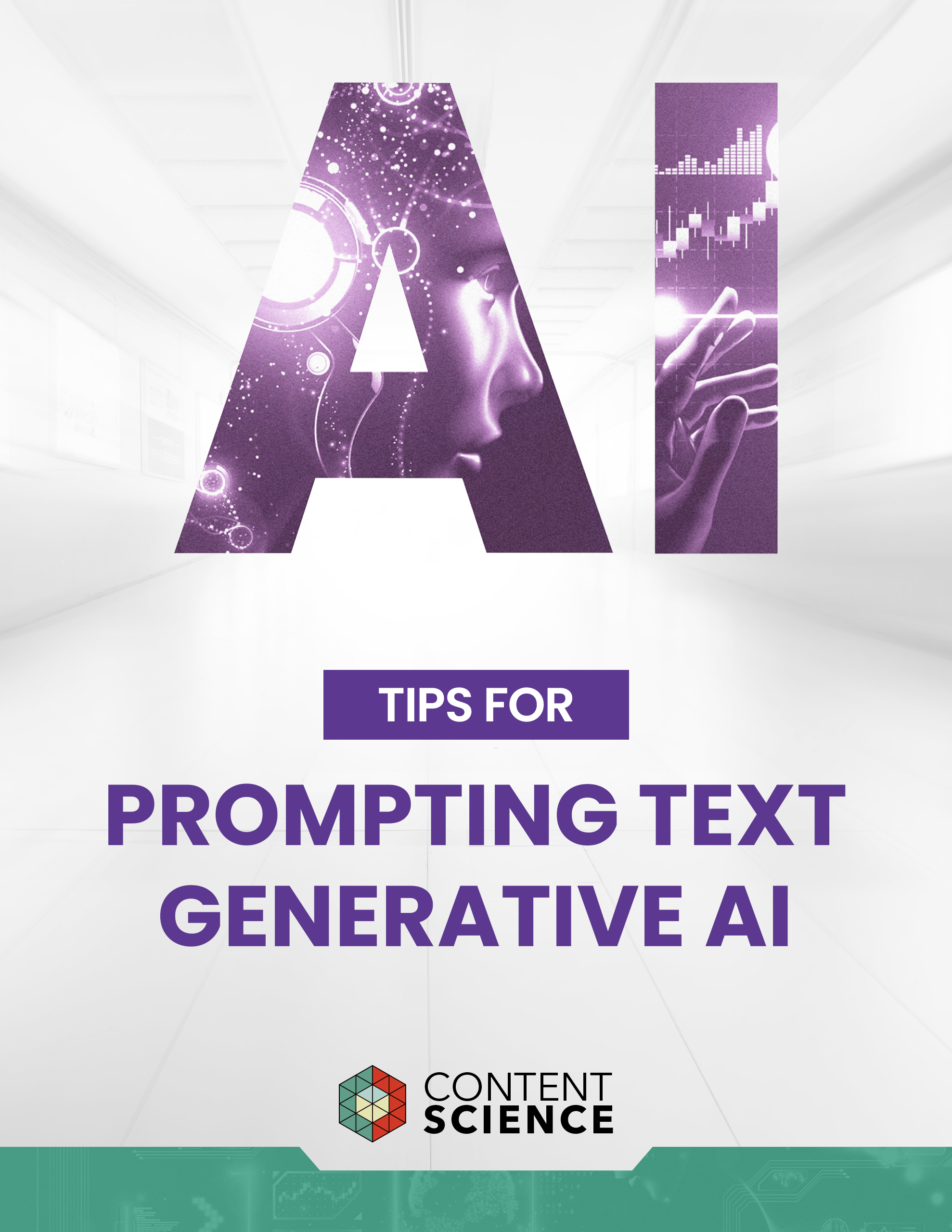
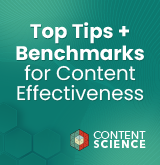

Comments
We invite you to share your perspective in a constructive way. To comment, please sign in or register. Our moderating team will review all comments and may edit them for clarity. Our team also may delete comments that are off-topic or disrespectful. All postings become the property of
Content Science Review.